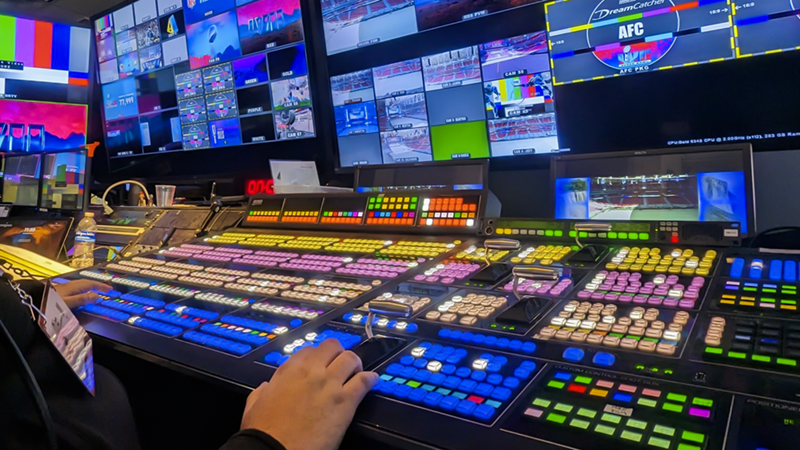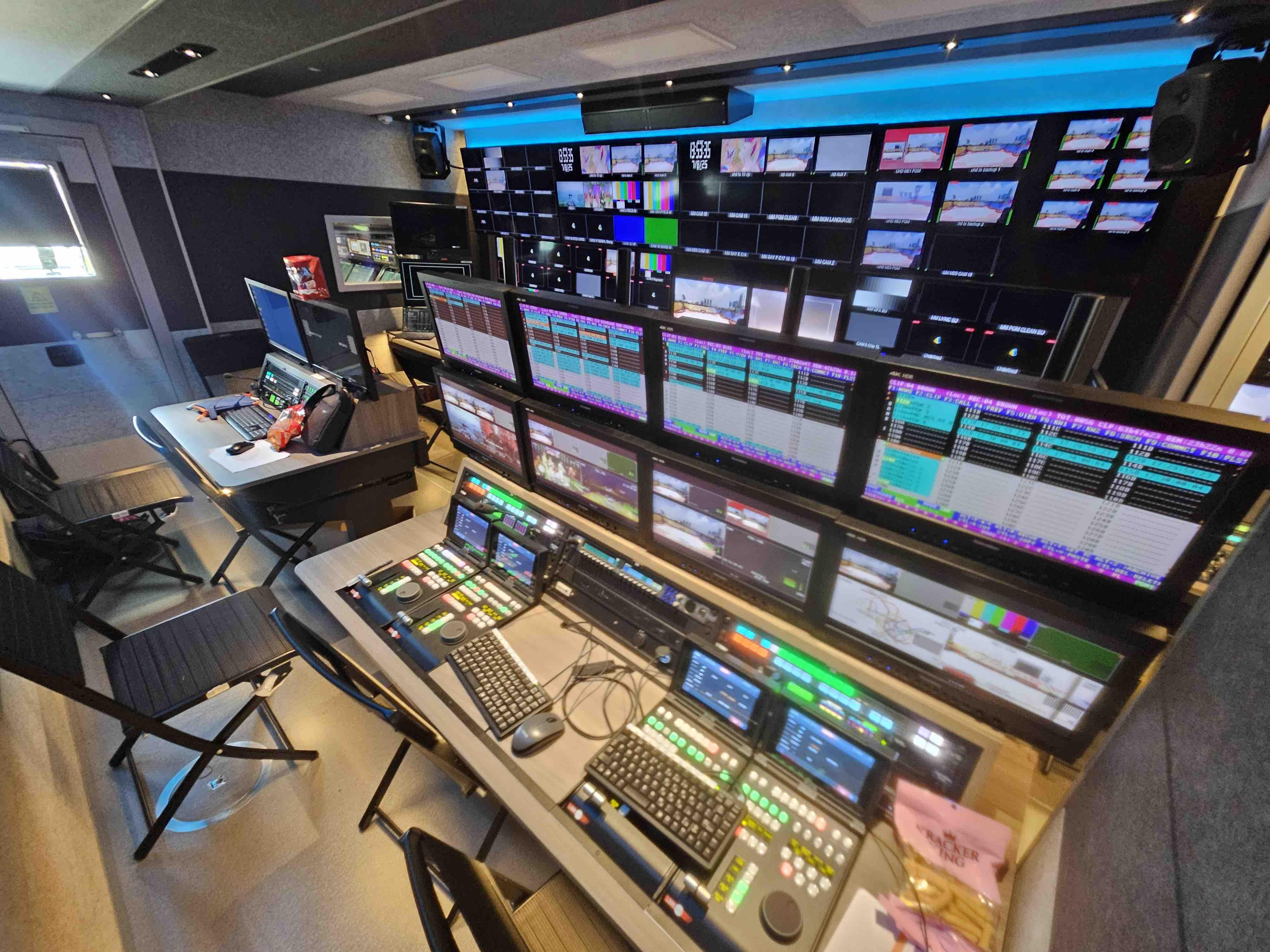Sponsored: There’s Never Been More Options When Considering Modern Day Signal Processing
A new white paper from Ross Video and TV Tech dives deep into the multifaceted world of today’s signal processing for video production

It really doesn’t matter whether it’s a brick-and-mortar studio, an Outside Broadcast (OB) truck or trailer, a virtualized production workflow running in the cloud or some combination of these.
When it comes to producing video, signal processing is central to the task. Simply stated, modern day signal processing encompasses the multitude of signal manipulations and modifications required to produce a show—everything from timing, synchronization, routing and distribution to production switching, character generation, audio mixing and even loudness monitoring.
Three fundamental approaches are available to meet these video production processing demands, including modular, integrated and virtualized. A fourth is a derivative of these in which two or more are combined. There are pros and cons to each.
For instance, modular processing offers extensive functionality through a broad selection of modules and extremely low latency performance—major pluses in its favor. Being hardware-based, processing modules are exposed to p obsolescence if there is a major shift in technology or what producers need. That can be particularly painful if an organization’s investment in modular processing isn’t fully amortized.
While the specifics may differ, integrated and virtualized signal processing also have their own sets of pluses and minuses. Needless to say, a hybrid of these approaches will reflect the advantages and disadvantages of its constituent parts.
Selecting the right option can be tough given the sheer number of factors that go into making an informed decision. Beyond having a clear understanding of the basic differences in processing and the strengths and weaknesses of each, a series of other factors must be considered.
For example, is the signal processing approach under consideration going to be deployed at a green field site, or will it augment an existing production workflow? Will the signal processing solution be installed in a studio where space, power and cooling requirements are relatively easy to accommodate, especially when compared to an OB unit? Does the media organization favor an OPEX or CAPEX spending model? How comfortable is the staff with the cloud?
The professional video industry's #1 source for news, trends and product and tech information. Sign up below.
The questions go on and on, and as each is answered a clearer picture emerges of the right direction to go.
Of course, there’s more to setting coarse than that. Each signal processing strategy must be evaluated in the context of what is happening in a rapidly evolving industry where one resolution gives way to the next, where standard dynamic range and high dynamic range must coexist to serve the widest possible audience and stereo and 5.1 surround are the warmup act for an immersive audio future.
Ross Video and TV Tech have produced a new white paper to help readers navigate the modern day signal processing landscape. In it, readers will find an examination of available signal processing alternatives with an eye towards assisting them in determining which best meets their needs today and positions their organizations for the long run.
While Ross is well-known throughout the video production industry for its wide array of signal processing technology, every effort has been made to examine the subject of modern signal processing in an objective manner. Readers not only will walk away with a clearer understanding of signal processing in modern video production workflows but also valuable guidance on selecting which approach is best for their individual circumstances.
Whether it’s modular, integrated or virtualized—or even some combination of those options— modern signal processing will play a central role in video production for the long haul. Our new white paper, “Navigating Modern Day Signal Processing,” will give readers the background they need to proceed with confidence in charting their organization’s way forward.
Click here to download the white paper.
